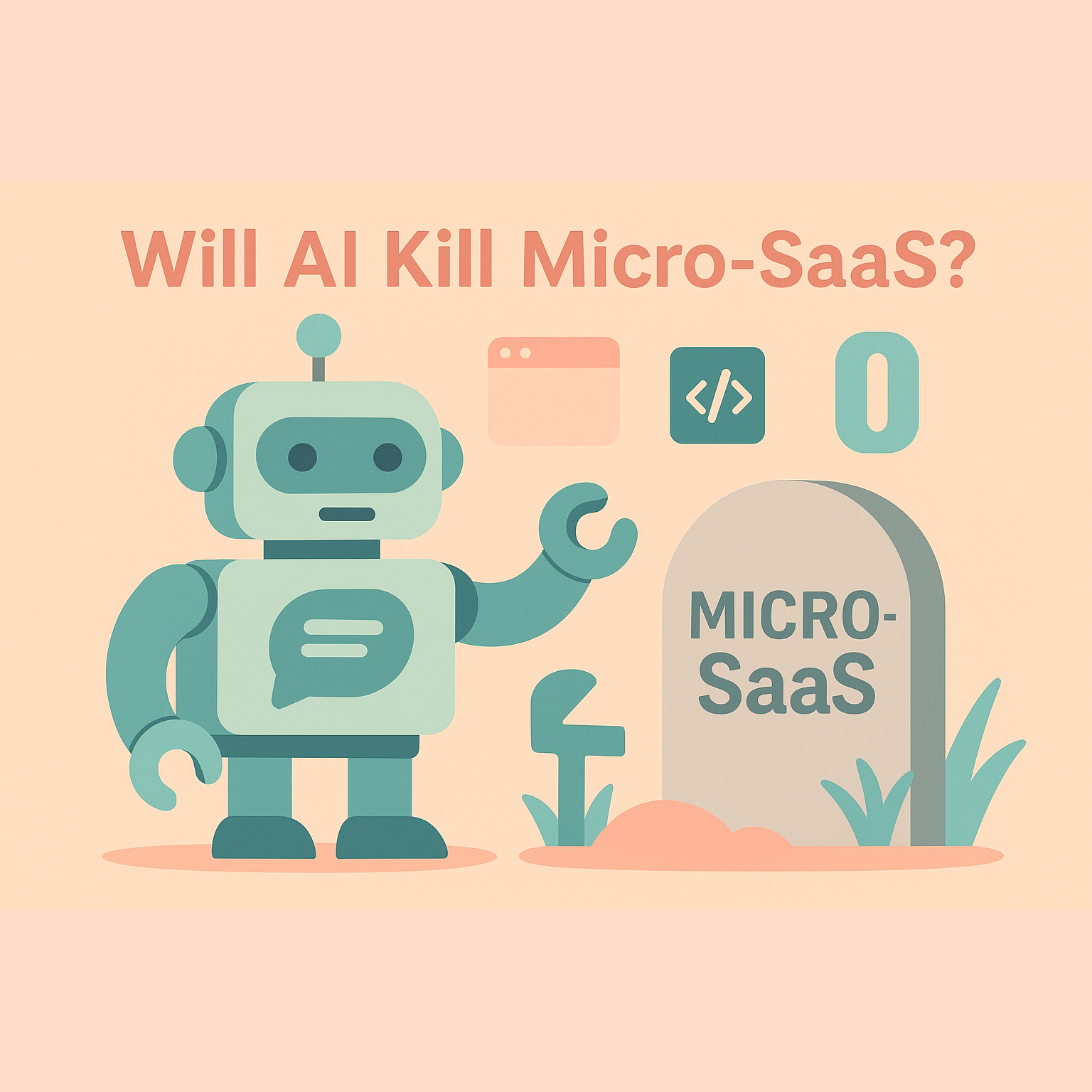You’ve probably noticed: it’s getting ridiculously easy to build software. I’m talking AI writing code, no-code tools turning ideas into apps overnight, and even new concepts like “vibe coding” – where devs just describe what they want and boom, AI gets it done.
So here’s the real question:
If it’s this easy, why wouldn’t companies just build their own micro-SaaS tools instead of paying $5-$20/month forever?
We’re not talking about big, clunky ERP systems here. I’m talking about all the tiny tools people subscribe to – for productivity, analytics, automation, you name it. The kind of things that cost less than a fancy sandwich. Historically, building these in-house wasn’t worth the hassle. But now? With GPT writing code, Replit Ghostwriter building apps from prompts, and Notion AI doing half your thinking for you, suddenly the equation changes.
AI Is Leveling the Playing Field
Code generation is no longer just a dev-time booster. It’s becoming the main dev itself. Microsoft, Replit, Cursor, Qodo and even open-source communities are pouring billions into making software creation faster, smarter, and more intuitive. Vibe coding, which Andrej Karpathy (ex-Tesla, ex-OpenAI) has been advocating for, might actually shift how we think about building apps – from logic and syntax to just vibes and intent. Wild, right?
So now, even non-technical teams inside companies are thinking:
“Wait, can we just build this ourselves instead of paying another $12.99 a month forever?”
But Here’s the Catch…
Just because you can build software doesn’t mean you should.
Even with AI, building means you have to maintain, scale, debug, and secure that thing. And if your core business isn’t software? Good luck keeping up with API changes, data privacy issues, or the random “why isn’t this working today?” moments.
So while the barrier to entry has dropped, the bar for sustainability hasn’t. And that’s incredibly important for enterprises.
What This Means for SaaS Founders
If you’re running a nano or micro-SaaS, now’s not the time to panic – but to evolve.
Here’s what I think will matter more than ever:
- Specialization: Be the expert tool for a niche use case. Don’t be a spreadsheet – be the exact tool someone in a very specific job loves and depends on.
- Experience: AI can write code, but it can’t replace great UX, trust, and support. People still want stuff that “just works.”
- Community: Create a tribe around your tool. Build in public. People won’t just pay for what you offer – they’ll pay to be part of something they like and trust.
- AI-Native Features: Don’t just survive the AI wave, ride it. Add AI features that give your users superpowers. Make them feel like your product is 10x smarter because of it.
What Happens to Corporate IT?
If this trend keeps accelerating, I see corporate IT becoming more like internal product teams. Less about managing tickets and more about building custom micro-tools for specific needs. They’ll still buy enterprise SaaS for the big stuff, but for those in-between problems? They’ll just spin up internal tools using AI copilots.
And that’s exciting – because it means corporate IT gets a glow-up. They’re no longer gatekeepers; they become builders.
